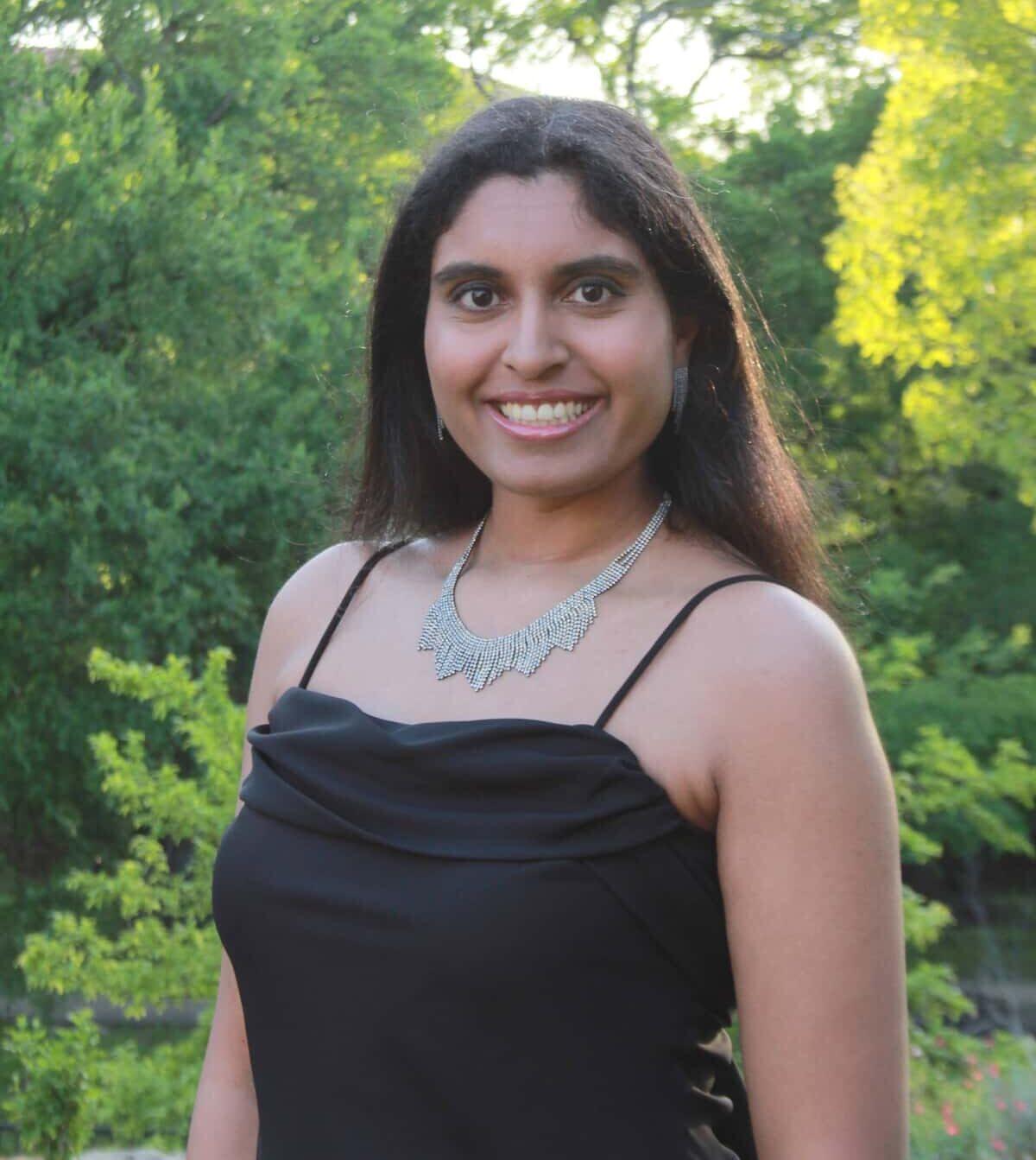Recognizing Her: Science And The Matilda Effect

The Matilda Effect, a term coined to describe the systematic undervaluation of women’s contributions in science, continues to cast a shadow over the achievements of women scientists.
Despite the undeniable progress in gender equality within scientific fields, many women still struggle to receive the recognition they deserve. This oversight not only diminishes individual accomplishments but also affects the collective advancement of science.
The journeys of living, talented women across various scientific disciplines illustrate the persistence of this bias. Their discoveries and innovations have reshaped our understanding of the universe, human health, and bioscience.
This piece explores the stories of these pioneering women, examines how society has both celebrated and overshadowed their work, and investigates the broader implications of the Matilda Effect on scientific recognition. Their stories enable us to understand persistent challenges and highlight the importance of creating an inclusive environment where we fairly attribute credit, paving the way for future generations of scientists.
Jocelyn Bell Burnell
Pulsars are space objects left over from giant stars that exploded. These incredibly dense stars spin very fast and have strong magnetic fields. They send out steady beams of light or radio waves from their poles. As they spin, these beams move like a lighthouse, and when one points toward Earth, it appears as a pulse, hence the name. They can spin hundreds of times each second, making them look like they’re blinking rapidly.
In 1967, 24-year-old Cambridge student Jocelyn Bell Burnell discovered pulsars through her studies with radio telescope work. She initially labeled it and thought of it as possible extraterrestrial activity. The discovery was so important that it later won the 1974 Nobel Prize for Astrophysics, for her professor, Antony Hewish. Unlike some victims of the Matilda Effect, she defended her professors, arguing they deserved the prize and expressing upset over her lack of recognition from the Nobel committee. Later on, she received the Special Breakthrough Prize in 2018, which is the most lucrative prize in science, worth more than twice the Nobel Prize.
Kizzmekia Corbett
Kizzmekia Corbett is a viral immunologist that can be credited with helping to end the COVID pandemic. In order to develop the vaccine, President Trump and the administration needed someone like her who had been studying not just general pathogens, but specifically coronaviruses and their crown structures for years.
Kizzmekia didn’t just work to develop the vaccine, she worked to encourage people to use it, especially people of color like her. She has received relatively less recognition for her work at Moderna than other immunologists like Drew Weissman and his work at Pfizer, where he received the Nobel Prize.
Carol Greider
Telomerase is an enzyme in our cells that helps maintain the length of telomeres, which are the protective ends of chromosomes. When cells divide, telomeres shorten, but telomerase can add DNA sequences back to the telomeres, preventing them from becoming too short. This allows the cells to continue dividing without losing important genetic information. Telomerase is especially active in cells that divide frequently, such as stem cells and cancer cells.
In 1984, while working as a graduate student at Berkley, Carol Greider discovered telomerase while studying chromosomes. When she got the Nobel Prize for this discovery, she had to share it with her supervisor from Berkley Elizabeth Blackburn, and another male scientist whom Blackburn worked with. At John Hopkins, Carol continues her work by studying how telomerase treatments can kill or extend the lives of cells, depending on the treatment.
Sara Seager
Sara Seager is an acclaimed astrophysicist, Professor at MIT, and previous director at NASA. Her work on exoplanets, which are planets beyond our solar system, has made her well-known. She’s also an expert on extraterrestrial work. The Drake equation was created by Frank Drake in 1961 to guesstimate the probability of finding alien life in the Milky Way.
Sara created a new Drake equation, the Seager equation, updated for what we’ve learned in astronomy since. Although no one has stolen her accomplishments, people still view men like Neil DeGrasse Tyson as the astrophysicists and Elon Musk as the face of space exploration.






